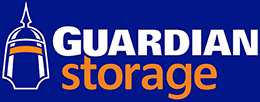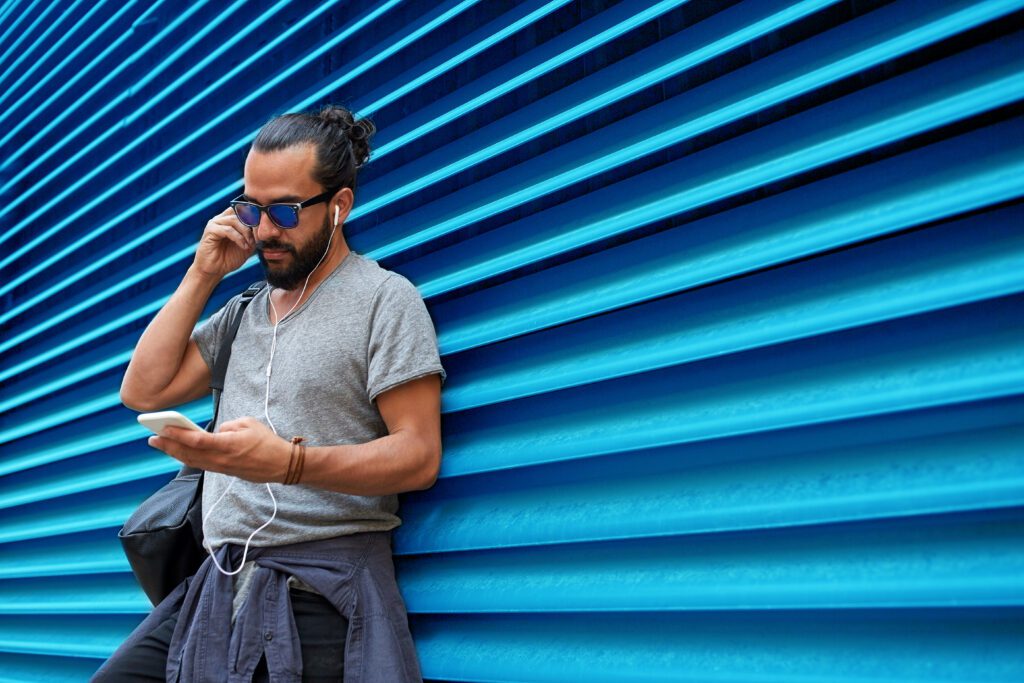Podcasting on the Move: Creating Portable Studios for Nomadic Hosts
Creating Portable Studios for Nomadic Hosts
In the dynamic world of podcasting, creators on the move seek ways to craft high-quality content without being tied to a stationary setup. This blog serves as a comprehensive guide for nomadic hosts, exploring the tools, techniques, and strategies needed to create portable podcasting studios. From essential gear to recording on the go, discover how to produce engaging podcasts while embracing the nomadic lifestyle.
I. The Nomadic Lifestyle and Podcasting:
Embracing the nomadic lifestyle is a conscious choice that influences how hosts shape their content. Living on the move encourages hosts to explore a wide range of topics inspired by their surroundings, shaping content based on ever-changing surroundings and weaving a tapestry of stories using diverse environments.
II. Essential Gear for Nomadic Podcasters:
Selecting the right podcasting equipment is crucial for hosts constantly on the move. Nomadic hosts need lightweight, high-performance microphones for professional audio quality on the go. Compact mixers designed for portability allow hosts to maintain audio control without sacrificing space. Noise-canceling headphones are essential for monitoring recordings in different environments.
- Power banks ensure a steady power supply during recordings.
- Durable travel cases protect equipment during transitions.
- Lightweight tripods provide stability without adding bulk.
III. Building a Portable Recording Space:
Creating a portable studio involves mastering the art of setting up recording spaces in diverse environments. Understand the acoustic properties of different locations and use soft furnishings, blankets, or portable sound booths to minimize echoes and external noises. Soundproofing techniques, such as recording during quieter times or using directional microphones, contribute to maintaining professional audio quality while on the move. Explore unique locations for recording to add an extra layer of authenticity to the podcast.
IV. Podcasting Software for On-the-Go Editing:
Nomadic podcasters often need to edit and produce episodes while traveling. Introduce podcasting software for on-the-go editing, enabling hosts to create polished content directly from their laptops or tablets. On-the-go editing software often comes with intuitive interfaces and features designed for efficiency, allowing nomadic hosts to maintain a consistent level of production quality, regardless of their location.
- Cloud-based storage solutions for accessibility and collaboration.
V. Remote Interviews and Collaboration:
Podcasting on the move doesn’t mean sacrificing guest interviews or collaborative episodes. Explore platforms like Zoom and Cleanfeed for reliable solutions in connecting with guests and co-hosts from any location. Integrating video into the podcasting process enhances the remote interview experience, allowing for visual engagement and providing additional content for promotional purposes on platforms like YouTube or social media.
VI. Crafting Compelling Content: Storytelling on the Move:
Nomadic podcasters excel in crafting compelling content through storytelling. The nomadic lifestyle provides podcasters with a rich tapestry of experiences to draw upon. Incorporating ambient sounds from various locations, such as bustling city streets, serene nature spots, or vibrant marketplaces, adds depth and authenticity to storytelling. Use these sounds to transport listeners to different places and create a more immersive podcasting experience.
VII. Overcoming Challenges: Connectivity, Background Noise, and Logistics:
Nomadic podcasters face challenges ranging from connectivity issues to background noise and logistical complexities. Maintain a stable internet connection for remote interviews and uploading episodes. Invest in portable Wi-Fi devices, research local internet options, and have contingency plans for times when reliable connectivity is challenging. Strategies for minimizing background noise, such as recording in quieter environments or using directional microphones, contribute to the overall professionalism of the podcast.
- In addition to technical challenges, nomadic hosts must be adept at navigating the logistics of travel.
VIII. Sharing Your Nomadic Podcast: Building an Online Presence:
Building an online presence is crucial for nomadic podcasters to reach a global audience. Leverage popular podcasting platforms like Apple Podcasts, Spotify, and Google Podcasts to connect with a global audience. Create engaging cover art, write compelling episode descriptions, and utilize relevant keywords to enhance discoverability on platforms.
- Social media platforms provide additional channels for promotion.
- Share behind-the-scenes glimpses of the nomadic lifestyle.
- Connect with listeners on a more personal level.
- Collaborate with influencers or fellow podcasters in different locations to expand the reach of the nomadic podcast.
IX. Embracing Authenticity and Ethical Podcasting:
Navigating the nomadic podcasting landscape requires hosts to maintain authenticity and uphold ethical standards. The nomadic lifestyle offers a unique perspective, and it’s essential for hosts to embrace authenticity in their content. Respecting diverse perspectives ensures that content remains inclusive and avoids unintentional misunderstandings. Ethical considerations play a crucial role. Nomadic hosts can delve into topics related to responsible travel, environmental sustainability, and ethical practices, aligning their content with a mindful and responsible approach.
X. Utilizing Self-Storage for Nomadic Podcasters:
For nomadic podcasters, managing and transporting podcasting equipment efficiently is a key aspect of their mobile lifestyle. Self-storage facilities can play a crucial role in simplifying this process. Here’s how you can leverage self-storage to enhance your nomadic podcasting experience:
- Secure Equipment Storage: Consider renting a self-storage unit to securely store your podcasting equipment during periods of inactivity or when you’re between podcasting sessions. This ensures that your gear remains protected from potential damage or theft while you’re on the move.
- Convenience and Accessibility: Choose a self-storage facility that offers convenient access hours and locations. This allows you to retrieve or store your equipment with ease, especially if you’re transitioning between different locations frequently.
- Climate-Controlled Options: Some self-storage facilities provide climate-controlled units, which can be beneficial for sensitive podcasting equipment. This feature helps maintain optimal conditions, protecting your gear from extreme temperatures and humidity.
- Space Optimization: Opt for a storage unit size that suits your needs. Whether you have a compact setup or an extensive podcasting kit, self-storage allows you to tailor the space to accommodate your equipment efficiently.
By incorporating self-storage into your nomadic podcasting strategy, you can streamline the logistics of managing your equipment, ensuring it stays safe and readily available whenever your next podcasting adventure calls.
XI. Conclusion: Sustain Your Nomadic Podcasting Journey
As nomadic podcasters embrace the principles outlined in this guide, their portable studios become not just tools for storytelling but vessels for genuine, ethical, and impactful narratives that resonate globally. The nomadic podcasting lifestyle becomes a journey of shared experiences, mutual respect, and positive contributions to the diverse world of podcasting.
Ready to embark on your nomadic podcasting journey? Equip yourself with the right gear, master the art of storytelling on the move, and consider the practicality of self-storage for efficient equipment management. Embrace the nomadic lifestyle, and let your authentic voice travel the airwaves!






